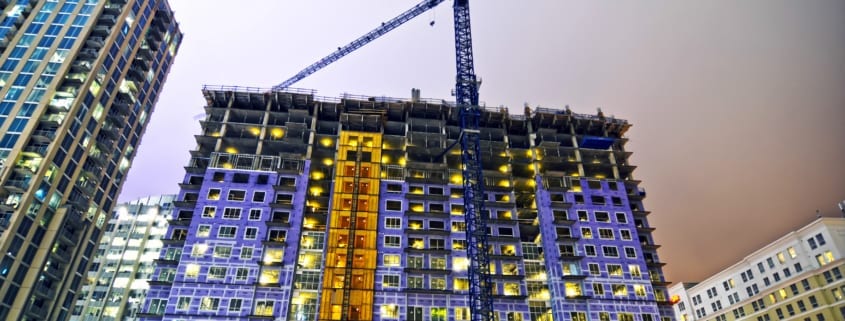Multifamily and Housing Markets: A Mixed Message
So how is the connection between multifamily and housing markets these days? The answer depends on which source you talk to. The real estate industry and developers have slightly different outlooks on how these markets are working together.
What the Real Estate Industry Says
According to a State of the Nation’s Housing report from Harvard University’s Joint Center for Housing Studies, the demand for rental housing is the factor that is behind the nation’s housing recovery. Due to a rise in household income because of the country’s near-full economic status, the expected growth in households was experienced in 2015.
This fueled a surge in apartment building that saw construction beginning on 395,000 new units in 2015 with another 379,000 expected for2016. These figures are far higher than the 331,000 new construction units that experts consider standard, according to the Spring Construction Forecast Webinar from the National Association of Home Builders (NAHB).
The Word From Developers
Developers of multifamily units paint a not quite so rosy picture of the housing market’s demand for such accommodations. In fact, rather than rushing to build more apartment buildings, some developers are temporarily delaying their latest building projects. With a focus on luxury apartments — complete with their heightened monthly rents — some builders are pointing to an influx of related multifamily housing with similar project completion dates as a threat to glut the industry as the reason for their slowdown.
Take the scene in Austin, Texas, for example. Overall wages are showing a sharp uptick due to an increase in technology jobs. Spurred on by this growth, Apartmenttrends.com, an industry data firm, noted that 12,130 new units are slated to open in the city over the course of the next 12 months. Austin’s downtown area is set to expand about 31 percent with the addition of the 1,124 apartments.
This glut of units that is flooding the market carry with them a large price tag that supports luxurious amenities such as rooftop pools. At The Bowie, for example, one-bedroom apartments are renting for $2,000 with the tower currently being about 82 percent occupied. Robin Davis, a manager at Apartmenttrends.com, noted that it will take time for the housing market to absorb all the high-end units that are coming online around the same time.











